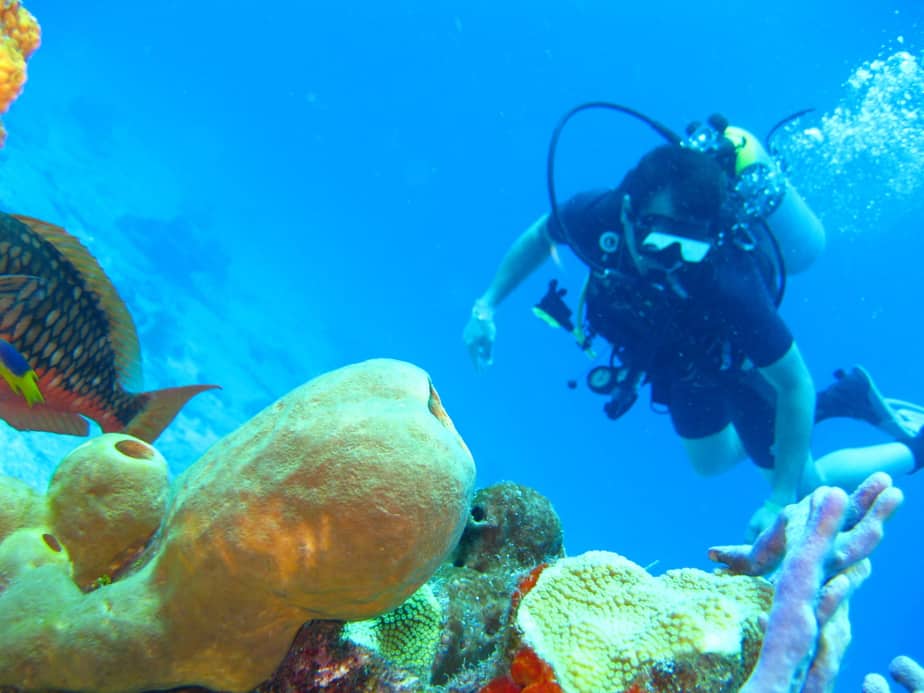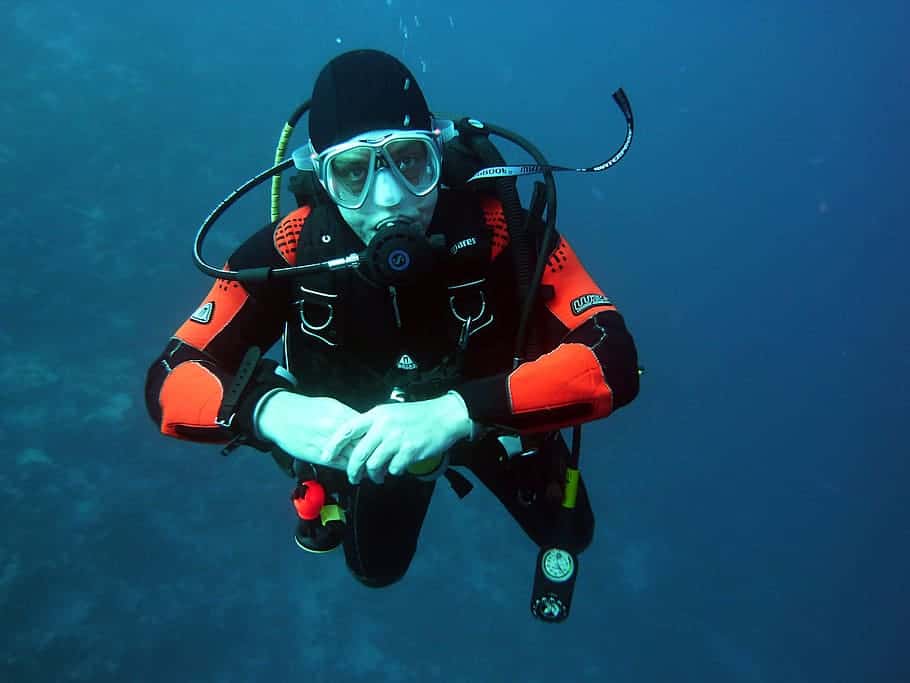Lots of people scuba dive every year. It is a popular pastime for people all over the country, but especially on the coasts, where people have access to the water all the time. Places like Florida attract many tourists just because of their reefs and diving spots. If you want to know what scuba diving feels like, there are dive sites all over the world that offer introductory classes.
If you are interested in going scuba diving, especially if you want to go regularly, you need to know about what warm water scuba gear you will be using. If you know a little about it before you take any lessons, it will be less confusing during the lessons. You will be able to absorb more about how to use the equipment since you will already know what it is and what it does.
Some aspects of scuba gear are very simple and easy to get and use, while others are more complicated, and you really need to know what you’re doing before you get them.
The simplest parts include the bodysuit, mask, and fins. Some people dive without bodysuits, but this is only in very warm waters. Most people prefer to wear at least a suit that covers the thighs and shoulders, and many people wear a full-body scuba suit. This helps to keep you warm, and also protects you from floating debris and animals.
The scuba mask is what allows you to see underwater. It also serves to keep water out of your nose. Many divers wear masks with snorkels attached so they can use those while preparing to dive.
Fins are crucial pieces of scuba gear as well. Even though you are underwater, you are still propelling a lot of weight, and this can be practically impossible without fins. There are many styles, and they are often used for different purposes, so you will have to figure out which kind is going to be best for you.
One piece of diving equipment that is more complicated is the scuba BCD. This is your buoyancy control device, and it helps keep you at the depth that you want to be. They come in the form of a vest that has lots of pockets on it. The pockets allow you to put all your other gear in the vest, giving you ready access to it.
Another piece of scuba gear is the regulator. This is what adjusts the air coming out of the tank. It takes the pressure from an extremely high PSI too low PSI that you can easily breathe it in. Also, as you go deeper, it adjusts the pressure of the air to work with the pressure of the surrounding water. We recommend you read our scuba regulator buying guide to learn more.
Of course, you will need an air tank when you dive. Air tanks are commonly made of steel or aluminum. If you rent an air tank from a scuba shop, you will probably get one that is aluminum. These are lighter and less expensive, but they are likely to get dented. Steel is heavier, and its major drawback is that it may rust if not cared for properly.
There are other kinds of scuba gear you need, such as weights, and in all reality, scuba diving is a rather expensive hobby to get into. The nice thing is that once you have your scuba gear, you don’t generally have to buy it again. You will just have to take care of maintaining your scuba gear and getting the occasional upgrade. But if you are going to spend the money, you want to get equipment that is exactly what you need and will last you a long time.
The best way to learn about what scuba gear you need is to ask your scuba diving friends or the scuba instructor for their honest opinion on types of equipment. There are varying levels of sophistication in scuba equipment, and while some things you want to buy the best you can possibly afford, the basic models of other things will do just fine for starters.



